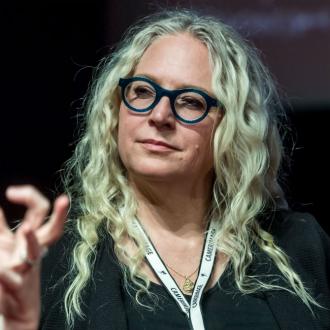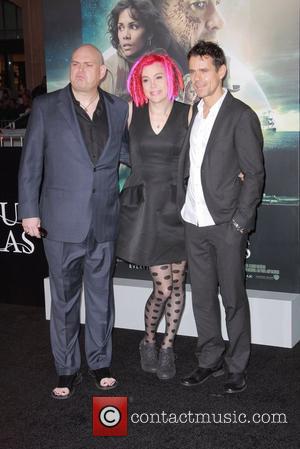The Movies Of The Wachowski's: From Best To Worst
By George Percival in Movies / TV / Theatre on 06 June 2014
Despite a relatively small output, the Wachowski Brother's have made a profound impact on Hollywood. Here are their film listed from critically impeccable hits to flaccid failures.
Press shy and intentionally low-profile, the Wachowski brothers (now brother and sister) occupy a rare position in Hollywood of being household names, responsible for some truly awe-inspiring works of cinematic innovation that have enamoured critics and audiences alike. Yet, unlike directors of a similar calibre and position in pop culture- Tarantino and JJ Abrams for instance, they allow their films to speak for themselves, eschewing the usual directorial promotional tropes and refusing interviews.
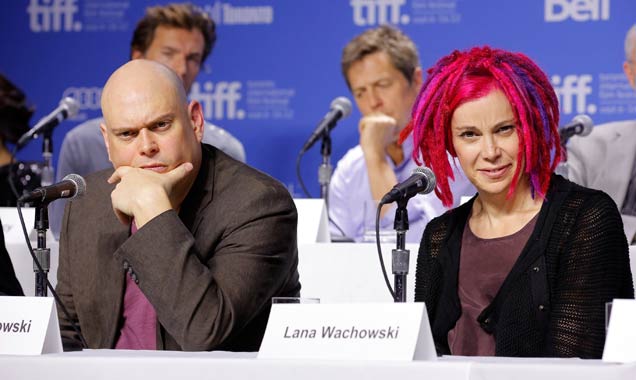
Andy and Lana Wachowski rarely appear in public and never commit to promoting their films.
They are so ardent to withhold anonymity in favour of greater artistic candour that it is reportedly highlighted in the Wachowski’s contracts that they will remain unburdened by arduous press commitments. Despite this, the pair are amongst the biggest names in Hollywood, thanks mainly to the Matrix trilogy, which revolutionized the cinematic experience. A Wachowski Bros. picture is synonymous with outstanding cinematography, multi-dimensional plots and a visual feast that is never short of the spectacular. Positing a triple threat of sorts, the Andy and Lana have proven their ability to not only direct a picture, but also to produce and pen truly original and brilliant screenplays in their own right.
More: Read Our Guide To The Top Shows In Development, Including The Wachowski's Series Sense8
The pair are later this year due to make their television debut in the sci-fi series Sense8, which tells the tale of a group of eight disparate people who endure the same violent vision and find themselves hunted by mysterious forces. It promises to be awash with the Wachowski’s common themes of warped reality and will surely be a work of visual wonder. We look at the singling’s hits and miss-steps, listing their films from the very best and inspired, to the very questionable and uncharacteristically ham-fisted:
Cloud Atlas (2012)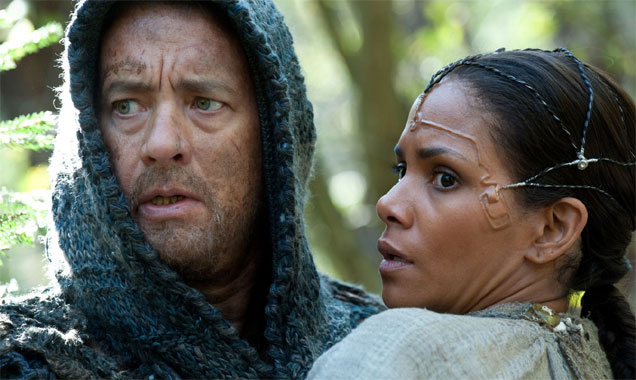
Tom Hanks played six characters in Cloud Atlas.
Like The Matrix, Cloud Atlas ruminated upon the very nature of reality, or what we generally perceive reality to be. The main theme in the picture is connection, telling the story of several events and their interconnectedness throughout history. But this is no Butterfly Effect. Everything is connected, and every action has consequence that ripples through history. The film had its fair share of critics but it generated an equal amount of uproar from those who looked past accusations of over-ambition and saw the Wachowski’s once again attempting to redefine the very nature of cinema.
Every actor plays a myriad of different parts, with stars Tom Hanks, Halle Berry and Wachowski favourite Hugo Weaving taking on the roles of six characters. Like our ability to jump through genres in this digital age at the click of a mouse, so Cloud Atlas operates with such a fractured consciousness, weaving together six storylines and a vast array of genres, styles and techniques into a singular entity that has the power to either intimidate audiences or edify them. The late movie critic Roger Ebert paraphrased Winston Churchill’s description of Russia to describe the film- “It is a riddle, wrapped in a mystery, inside an enigma”. Proof that cinema still be magical whilst eschewing traditional narrative continuity, once again the Wachowski’s are innovating cinema. They’re just waiting for the rest of the world to catch up.
More: Read Our Review Of Cloud Atlas
The Matrix (1999) 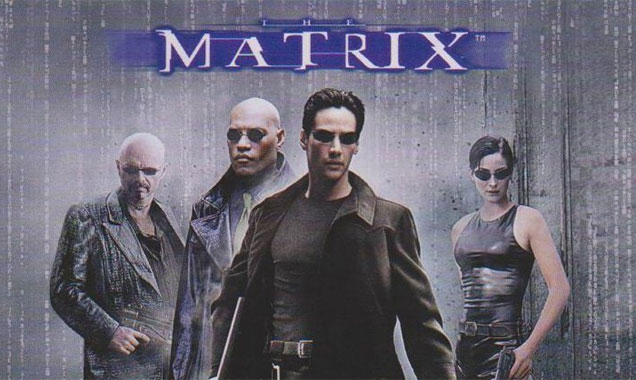
Keanu Reeves career has been defined by his role as Neo in The Matrix.
It was The Matrix that brought cinema kicking and screaming into the 21st Century. A picture like no other, it heralded in an orgy of CGI that included the likes of bullet-time and led to a whole generation of people questioning the very nature of reality itself. The Wachowski’s produced an impeccable script buoyed by action sequences that to audiences in 1999 were truly breath-taking and cemented the Hollywood zeitgeist for the CGI-fuelled action movie.
Keanu Reeves traditional wooden acting style was the perfect fit for Neo, a character who has his own problems in displaying emotion, managing to concoct a likeable hero and eventual Christ-like figure. Laurence Fishburne and Carrie-Anne Moss helped provide a formidable supporting cast in the form of Morpheus and Trinity whilst Hugo Weaving was an inspired casting choice for the menacing role of Agent Smith. Aside from the technical wizardry at work, The Matrix also offered an intellectual depth which lead to audiences not only caring about the fate of the characters, a rare feature in sci-fi films, but providing a plot that was hugely multi-faceted yet engrossing, complicated yet not overly intimidating. It was a balance that, unfortunately, the Wachowski’s would be unable to replicate with such a delicate poise in the sequels.
V For Vendetta (2005)
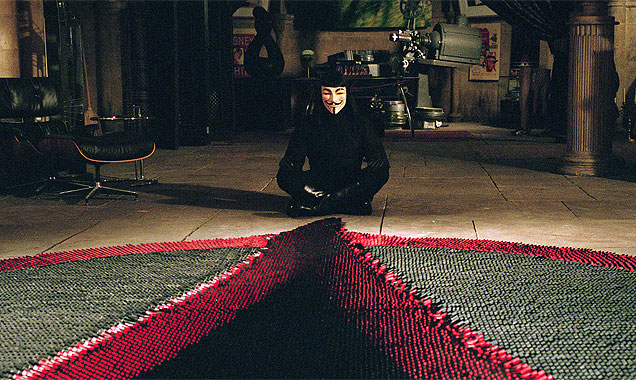
Hugo Weaving is a favourite of the Wachowski's and has appeared in most of their films.
The film that provided the symbolism for the Occupy movement, and pretty much every anti-government protest in the world that has occurred since, V For Vendetta is an ominous tale of a totalitarian future that, like George Orwell’s 1984, is looking worryingly like a prediction of the future, rather than a work of science fiction. Adapting a screenplay from the hugely successful graphic novels, the Wachowski’s crafted a film every bit as gripping and intense as their Matrix oeuvre, but V For Vendetta was also riddled with heartbreak and an emotional emphasis that had not been tapped into before by the pair.
Once again, Hugo Weaving takes a brilliant turn as the masked hero V, and despite his face remaining obscured throughout, his voice is as imposing as his physicality. A particularly effervescent Natalie Portman and ever-loveable Stephen Fry provide a stellar supporting cast that includes the characteristically impressive John Hurt. It’s a Guy Fawkes-inspired tale of freedom in the face of neo-conservatism for a generation beset by constant surveillance and governmental intrusion. Despite a rather simple premise of hero versus tyrannical forces, the plot is brilliantly nuanced, alive with humanity and a gripping examination of human nature. Director James McTeigue is dealt a spectacular hand, because with a screenplay as sublime as that penned by the Wachowski’s, you simply can’t go wrong.
Bound (1996)

Jennifer Tilly excelled as a lesbian criminal in the sexy crime caper Bound.
Marking the pair’s debut as directors in this low budget crime thriller, Bound appears far removed stylistically from their later work of Cloud Atlas, yet its noirish connotations would be continued into the grimy sci-fi world of The Matrix. It posited a bold introduction to the pair for the public- an elaborate plot, unorthodox relationship and the double threat of two femme fatales played by Jennifer Tilly and Gina Gershon. The character’s they play, Violet and Corky, aside from their love of each other, are also enamoured by another element: crime. It’s tough, sexy and funny; it manages to traverse multiple genres in a way that the Wachowski’s would soon make their trademark in a way not unlike the equally genre-spanning Coen Brothers.
What’s more, it doesn’t care who it offends but it is enacted with such measured skill that you can’t help but sit in wonder at their ability to bring together such disparate elements into a cohesive and engaging movie. When it was played at the Toronto Film Festival, people walked out of the theatre, but as the likes of Tarantino and Rodriguez have numbed much of the mainstream public to excessive levels of gore and violence, it shouldn’t be such a shocking watch by today’s standards. Even so, approach this film with caution.
The Matrix Reloaded (2003)
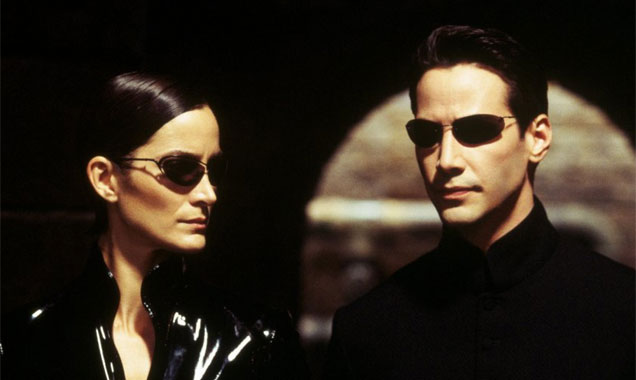
Carrie-Anne Moss is still most well known for her role as Trinity in The Matrix Trilogy.
The eagerly-awaited Matrix sequel saw the storyline begin to delve from perfectly balanced duality of intellect and action into a convoluted confusion that would only become more ridiculous as the trilogy continued. Nevertheless, despite audiences scratching their heads at the increasingly impenetrable plot and excessive dialogue, the film is still a rewarding experience. Holding it aloft are three set pieces of equal visual wonder which include the increasingly elaborate fight scenes between Neo and the endless array of Agent Smith clones, choreographed elegantly by Yuen Wo Ping, the man responsible for the fights in Crouching Tiger, Hidden Dragon.
The most extravagant sequence involves a fifteen minutes chase on a highway constructed especially for the film, just one of the facets which helped propel the special effects budget to over $100 million. Meanwhile, the film is imbued with a distinct sense of urgency by the fact that the sentinels, who are hunting the free humans and whose sole aim is the destruction of the last human city of Zion, are only 72 hours away from commencing the destruction of all human life. It helped inspire millions of people to conspire pseudo-philosophical musings on internet forums for years to come. If only the third instalment was as edifying…
More: Wachowski's Triumph In Matrix Copyright Battle
The Matrix Revolutions (2003)
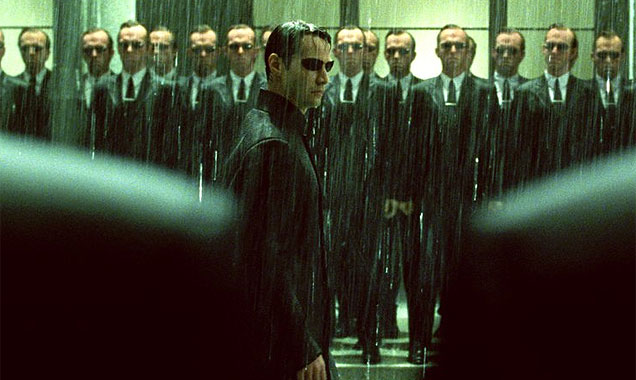
Laurence Fishburne exuded a quiet intensity that made him perfect for the role of Morpheus in The Matrix Trilogy.
As the conclusion to the trilogy, The Matrix Revolutions should have posited a thrilling climax, but audiences were left largely disappointed and flummoxed by the developments that the Wachowski’s conjured. It was certainly not short on visual wonder; in fact, the film could rightly be described as a little over the top, especially in the climactic battle between Neo and an endless array of Agent Smith clones. Lacking in clarity and coherent, the film is a constant muddle that often sees the tribulations of Neo thrown to the wayside in favour of a hegemony on explosions and battle sequences to such an extent that Neo’s storyline often resembles a sub-plot.
With the first two exacting such genius and collective wealth of ideas enacted with stoic conviction, The Matrix Revolutions sees the saga spluttering to a halt. Moments of redemption are brief, the scene in which Neo arrives in a limbo world between reality and the Matrix construct is a particular highlight but apart from glimpses of inspiration the film is simply the Wachowski’s running out of ideas and reverting to visual spectacle in vain hope of replicating a morsel of the successes of the previous films.
Contactmusic
